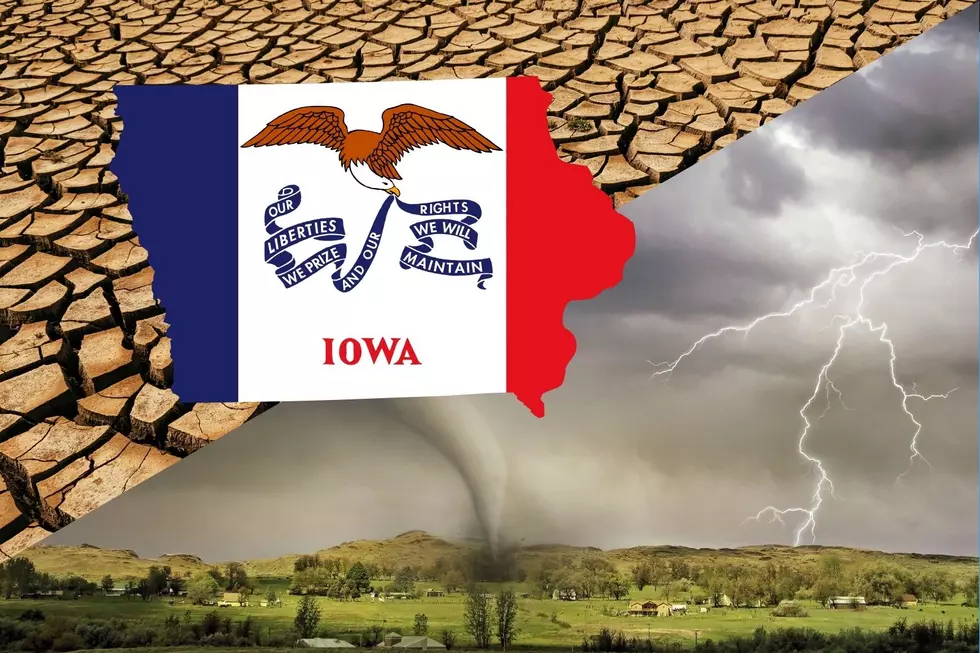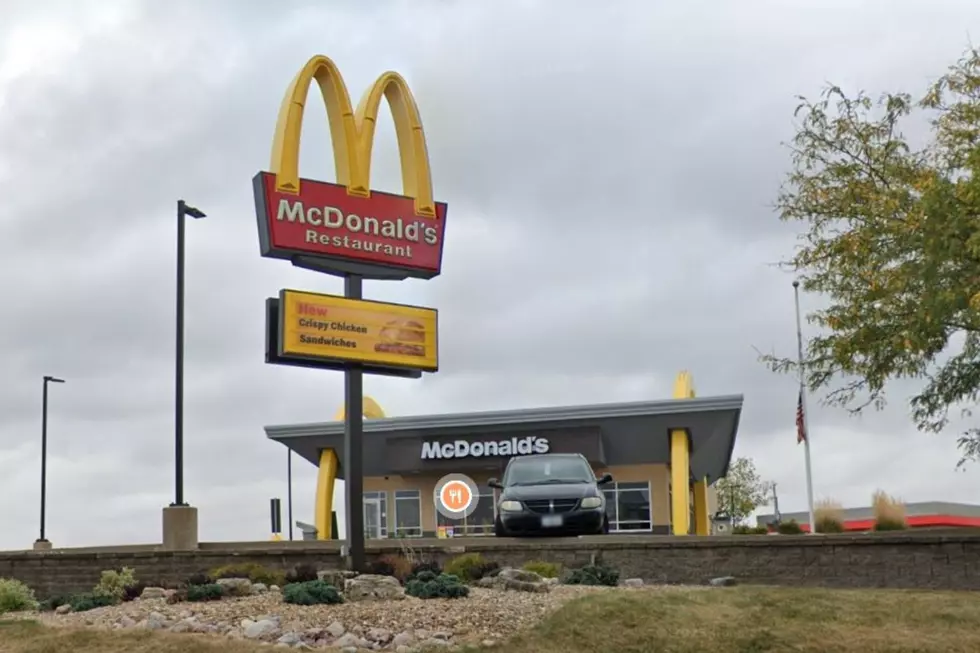
Wisconsin DNR Board Approves Wolf Management Plan and Rules for 2023
The Wisconsin Natural Resources Board (NRB) released a revised draft of their 2023 Wolf Management Plan on August 1st of this year, reflecting the state's commitment to maintaining a sustainable and ecologically functional wolf population while addressing concerns and conflicts related to wolves. This new plan is a response to the current state of the wolf population and attempts to reflect the diverse perspectives of Wisconsin's residents. Since its release several revisions were made to the document that has now been approved.
On October 25th, the Wisconsin DNR approved the revisions and released the 2023 Wisconsin Wolf Management Plan and an administrative rule for wolves. This marks a significant step in the ongoing effort to balance the management of the state's wolf population with the desires of a diverse public. The plan was developed by the Wisconsin Department of Natural Resources (DNR) in response to the need to adjust wolf management strategies to the current state of the wolf population and the preferences of various stakeholders. According to the release, this decision comes after extensive consultation with the public, tribes, and agencies, and it includes notable amendments to address specific concerns.
One of the key amendments involves subzone 1B, allowing the DNR to close any subunit if two wolves are harvested within that subunit while maintaining the four-wolf subzone harvest limit. This provision gives the DNR greater flexibility in the management of wolf populations within specific areas, allowing them to react promptly to changes in the local wolf population.
In addition to the wolf plan, the NRB also approved an administrative rule with amendments. These amendments address various aspects of wolf management, with one significant change benefiting landowners enrolled in the wildlife damage, abatement, and claims program. These landowners can now restrict the use of dogs by hunters who have access to their land, aligning with the public access requirement of the wildlife damage program.
Another important change introduced by the board's amendments is related to depredation compensation payments. The amendment grants the DNR additional flexibility, allowing payments to be made as soon as possible. This change aims to improve the efficiency of compensation payments for wolf-related losses, thereby reducing the economic burden on affected parties.
The development of the updated wolf management plan involved an extensive and inclusive process that incorporated public input from various sources. This included the formation of a Wolf Management Plan Committee, consultations with Wisconsin's Tribal Nations and the Great Lakes Indian Fish and Wildlife Commission (GLIFWC), discussions with other state and federal wolf management agencies, and a 3.5-month public review and comment period.
The NRB also approved a corresponding administrative rule known as the Wolf Management Rule, which now awaits final approval from Governor Evers. This rule codifies provisions of an emergency rule and updates regulatory text, further solidifying Wisconsin's commitment to responsible wolf management.
"Today, wolf packs are established in about half of all
Wisconsin counties, primarily in the forested northern and central parts of the state. Statewide winter population estimates suggest approximately 1,000 wolves have occupied the state in recent years. The Wisconsin wolf population is part of a larger and well-connected wolf population that extends east into the Upper Peninsula of Michigan and west into Minnesota. Today, these states collectively support a Northern Great Lakes regional wolf population of over 4,000 wolves, with thousands more connected to the north across the Canadian border. In the last decade, population growth and range expansion have generally slowed and stabilized in all three states, suggesting wolves have fully recolonized most available habitat in the region."
This plan of action reflects the ongoing efforts to strike a balance between wolf conservation and management, while considering the interests and concerns of various stakeholders and the general public of Wisconsin. Either way, it's a step forward in the state's commitment to effective and responsible wolf management.
Photos: Governor Dodge State Park, Wisconsin
Gallery Credit: Tom Ehlers
LOOK: Stunning animal photos from around the world
Gallery Credit: Nicole Caldwell
More From Eagle 102.3









